We have commented a number of times on pundit predictions in the English Premier League (especially posts from Dave, see here for a recent example). Our interest in this area stems from the research which suggests that expert predictions are not necessarily as accurate as non-expert predictions. That is, experts do not possess any innate superior skills relative to the ordinary person especially when it comes to predicting future outcomes.
All of our articles have focused on expert predictions from the English Premier League as this appears to be the only available pundit data which includes predictions for the match outcome as well as the final score line. I was therefore intrigued to see the Irish Independent include a full page spread on expert predictions in the lead up to both the All-Ireland hurling and football finals which took place on Sunday September 2nd and September 17th last. The predictions not only included who they thought would win but also what they thought the final score line would be. The predictions are given below along with the actual final score in both matches. While we cannot compare these predictions to non-experts, we can assess their overall accuracy and compare the hurling pundits with the football pundits.
A final measure, uncorrelated with match outcome, is how accurate each pundit is in predicting the final score line, goals and points, rather than overall points. We again calculate the mean absolute error for both the prediction of the number of goals scored and the number of points scored. The hurling pundits produce values of 1.05 and 3.32 respectively while the football pundits produce values of 0.46 and 1.63 respectively. It is interesting that the hurling pundits are better are predicting the closeness of the game while the football pundits are better at predicting the amount of scores (goals and points). I wonder does this hold for all games. Unfortunately I will have to wait until the punditry of predicting GAA outcomes fully catches on rather than just for the All Ireland finals.
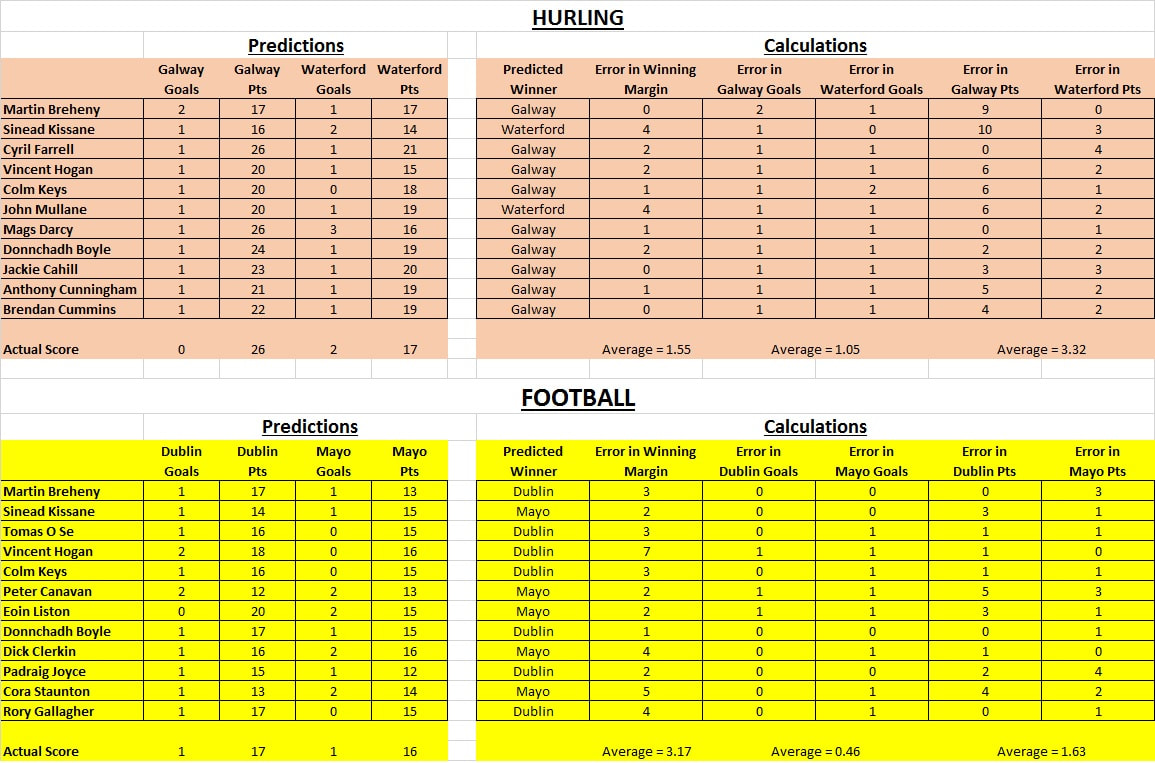
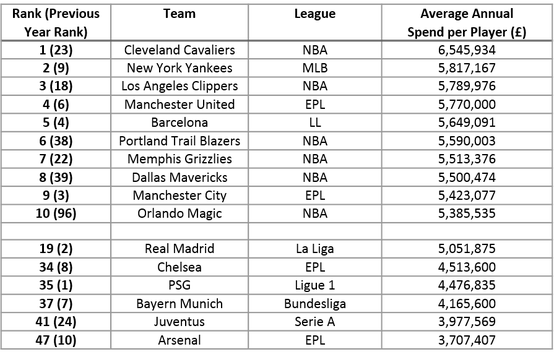
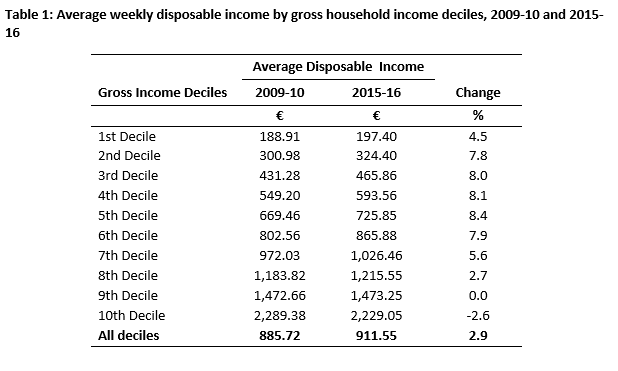
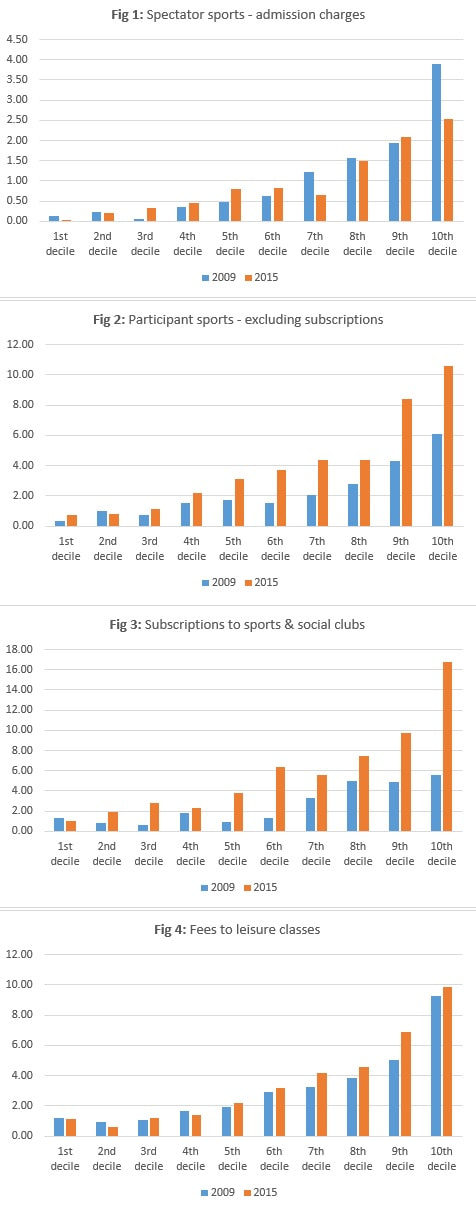
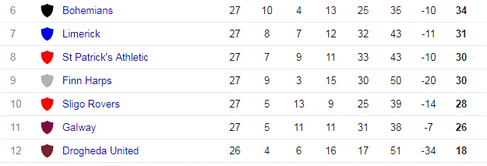
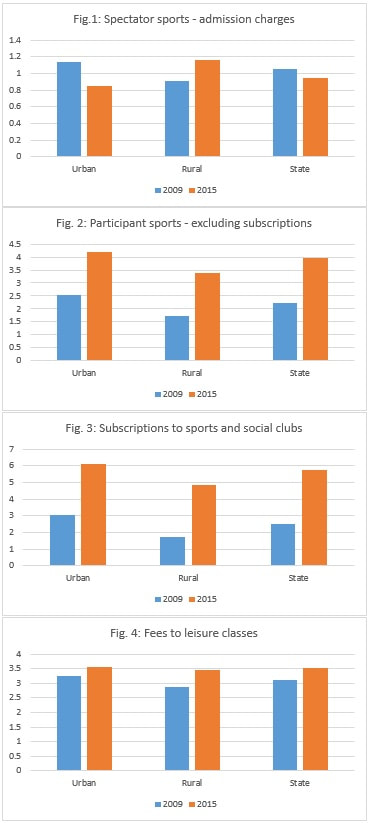
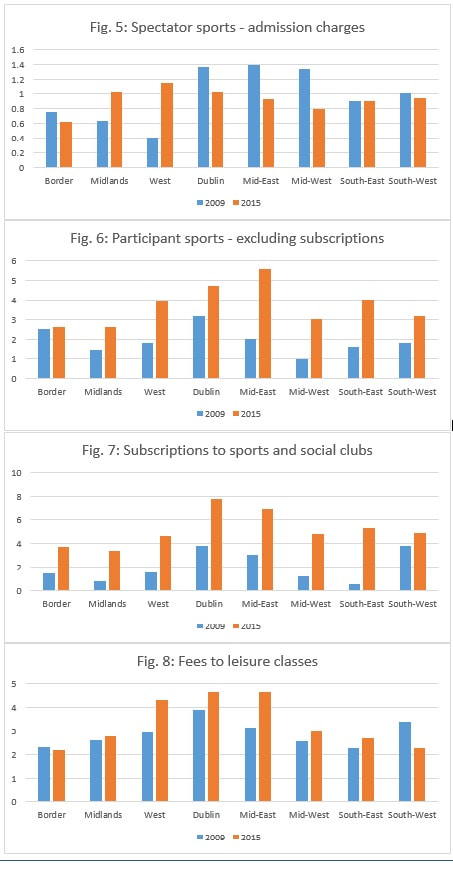
 RSS Feed
RSS Feed